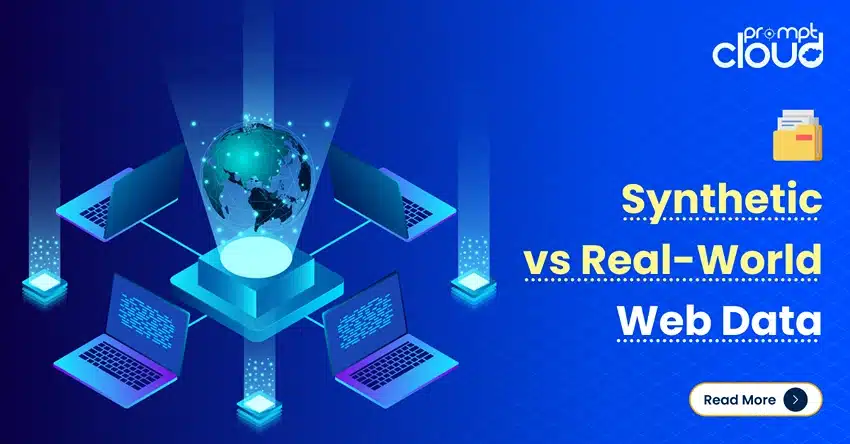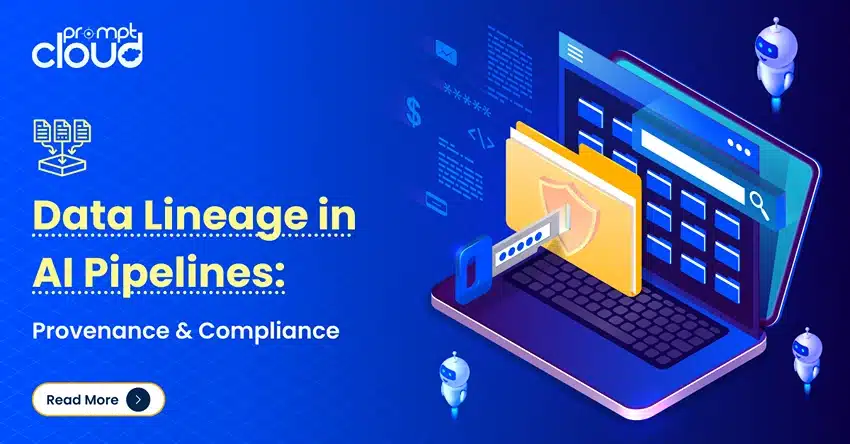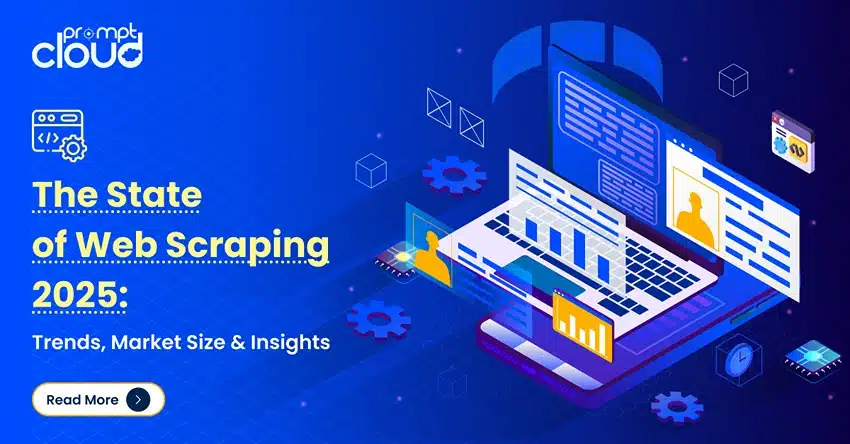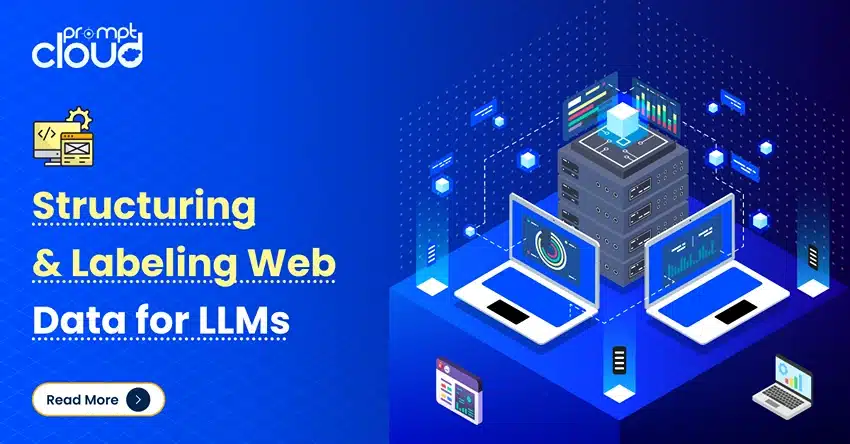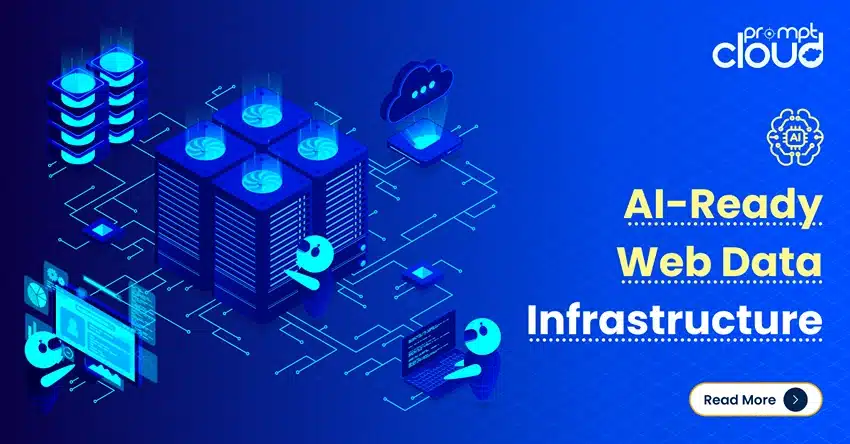Almost all businesses today operate at a very high level of paradigm shifts and uncertainty. Running your business in such unfavorable conditions exposes it to high risks from many angles – the possibility of customer churn, revenue slowdown, losing out competitive edge, to name a few. How wonderful it would be to have a genie that can predict the future and present the best course of action to alleviate these risks?
Well, this genie does exist, and we have a fancy name for it – Predictive Analysis!
Predictive analysis is an invaluable business tool that lets a business identify opportunities and unfavorable events beforehand. This, in turn, allows the business to take measures to prevent losses increase profitability and revenues. This tool analyzes extensive business data to search for key indicators.
10 Business Benefits of Predictive Analysis
Let’s look at some ways in which predictive analysis provides a goldmine of value for your business.
1. Preventing Loss of Customer Base
In the case of customer churns, you have to find new customers to fill the void and keep revenues flowing without disruption. However, attracting new customers is quite expensive compared to retaining existing customers. Predictive analysis using big data can look for signs of dissatisfaction among your customer base and identify those customers who are at a higher risk of leaving your business. Armed with this information, you can make changes to the way you deal with the high-risk customers and prevent them from leaving.
2. Identifying the Value of a Customer Over Their Lifetime
Certain businesses, like banking, insurance, retail, and telecommunications, depend on customers spending a lot of money to secure the future of their business. Such businesses need to be a step ahead to identify high spenders, as they are the most valuable and profitable for a business. Predictive analysis allows you to identify customers that spend the most. You can then focus your marketing activities to attract and retain such customers so that they add more value to your business over their lifetime.
3. Identifying the Most Lucrative Market Segments
Every business has target markets, but it is necessary to identify the most lucrative segments within these markets so that you can focus your marketing endeavors on those segments. Predictive analysis pinpoints those market segments that are the most beneficial for your business. It also helps you identify new market segments within the existing markets. By targeting most receptive segments, you can increase sales and revenues.
4. Customizing Marketing To High Spenders
While predictive analysis helps you identify market segments, you also need to find the high-spending customers within these segments. Data extraction services bring to you buying patterns of customers, consumer behavior, and social media usage of prospective and existing customers. This helps you identify high-spending customers within each segment. This gives your marketing endeavors an impetus and helps you find the best way to get the attention of individual customers within a specific segment.
5. Predicting Popular Products and Services
Your business may have several products and services, but all may not be popular with customers. You need to identify those products and services that customers are most likely to buy. Predictive analysis allows you to analyze the purchasing behavior of customers using online customer behavior metrics and thus predict the future benefits from these key products. These key metrics will be the hero for your targeted marketing and online campaigns. Once you identify the individual channels, your business can focus on those channels to maximize revenues.
6. Predictive Maintenance
If you are in the manufacturing, logistics, automotive, or utility industry, you will have a lot of infrastructure and equipment. It is important to maintain this equipment seamlessly to prevent incurring extensive capital expenditure due to overstocking. If you analyze the data related to the maintenance lifecycle of the equipment, you can identify when the equipment will require maintenance and what could be your impending capital expenditure. This allows you to align your maintenance in such a way that it reduces costs and prevents expensive downtime.
7. Quality Control
If you want your customers to have a superior experience and reduce operational expenses, you need to maintain the superior quality of products and services. Low-quality products and services adversely affect customer satisfaction and revenues. It increases your costs related to repairs, warranty, and customer support. Your business can use predictive analysis in big data to find quality-related issues before they become too big and expensive to manage.
8. Risk Analysis
Businesses always have to keep an eye out for risks, as they can come from a variety of sources. These risks can affect your business negatively and can tell on your bottom line. Predictive analytics checks through prospective risk areas to identify situations that could be risky for your business. This lets you take reactive measures to minimize the risk and ensure it does not impact your business adversely.
9. Cross and Up-Selling
Your customer base is a source of existing and future revenues. You can find revenue opportunities by studying the behavioral patterns of customers in each segment. Predictive analysis helps you pinpoint which products can be combined in different market segments to make them more attractive for your customer base. This makes your business more valuable to customers and also increases your revenues.
10. Organization Reputation Analysis
The online world is a labyrinth that can be hard to navigate. By using web search and crawling tools to find customer feedback and comments, you can use predictive analysis to get a clear picture of your business’s reputation in your target markets. This information can then be used to take measures to boost your company’s image and reputation.
Three Business use-cases for Predictive Analysis
1. Retail
The use of widespread Predictive Analysis by Marks & Spencer is well known. The high street retail giant uses this technique to know what to stock up at what time and in what quantity. In Feb 2013, it built a team of analysts with just four days of training. From there it then brought on BI strategy as a separate function in November 2014, to ramp up the value proposition of BI within their organization.
It used Predictive Analysis to make available the right range of sizes and options on their online store. With the data analytics technique, it also helps smaller convenience store stock optimally without wastages, thus enhancing the future of their business.
As an outcome, the Marks & Spencer retail chain has witnessed tremendous improvements in its capability to keep shelves stocked with the right product, at the right place, at the right time, and in the right quantity.
2. Hospitality
Hyatt rolled out its analysis strategy across the Americas in 2014. The strategy was focused on the concept of upselling similar to what we see on Amazon (“If you liked this, you might like that too”). Such personalized recommendations helped the hotel giant to optimize efficiencies and upsell offerings across various departments at Hyatt – front desk, reservations, pantry, revenue management, guest management, and marketing.
For instance, using data extraction services, the hotel got information on the guest’s previous stay patterns and behavior, the marketing team was able to send a persuasive message on offers and deals on similar properties and rooms. Hyatt has also used data extraction services to assess when, where, and using what mode, were patrons booking the rooms.
As an outcome, the hotel chain was able to see an increase in its key performance metrics. It saw its average incremental revenue per room (after the reservation is done) improve by 60% as compared to similar hotels that didn’t use such advanced analytics.
3. Insurance
Data analytics technology is being used increasingly in various domains across multiple use cases in the insurance industry. Four ways in which Predictive Analysis help are
3a. Underwriting – The task of underwriting depends on several data points, easily available but widely scattered and heterogeneous. With the help of data extraction services, these can be standardized and normalized for better insights on how the premium collected can be more than the claims it pays out. Predictive analysis using data modeling helps you come up with the right pricing analytics
3b. Marketing – Using socio-economic demographic data, channel analytics, segmentation, and retention, insurers can conduct their marketing campaigns for more targeted impact
3c. Claims – Modeling on data using predictive analytics can help in Fraud Analytics in claims processing. This ensures that the insurer doesn’t end up paying fraudulent claims in connivance with insurance brokers.
3d. Costing – The costs usually depend on ratings that modelers derive for different risk factors. This is done by looking at losses versus loss relativities with help of multivariate analysis.
Concluding Note
As is evident, Predictive Analysis is providing immense value in the form of pearls of insight that is radically transforming the way organizations are doing business around the world. Today, data is the key to business success. However, Predictive Analysis has proven that if you don’t have the capabilities to analyze and use this data to your advantage, you will be left behind in this competitive digital world.
If you too want to leverage the power of Predictive Analysis, do schedule your expert consultation now.












